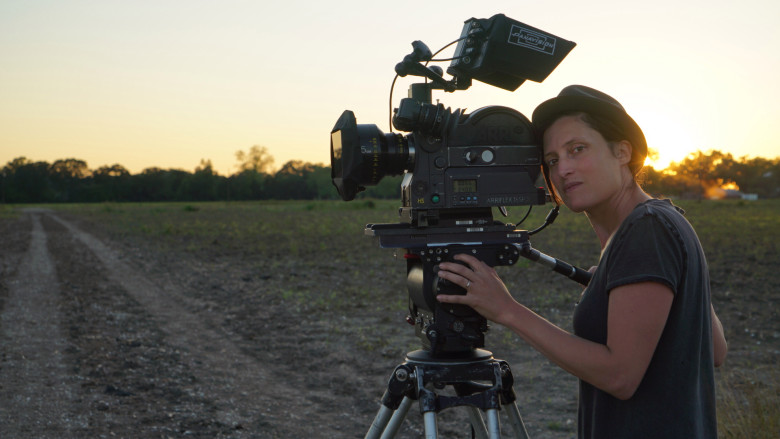With the Oscars fast approaching, 2018 is already bringing good things with the absence of trending hashtags such as #OscarsSoWhite or #OscarsSoMale, unlike previous years. You might even be mistaken in thinking we have now achieved social justice, but you’d be wrong – there is still a very long way to go.
We might as well keep the hashtag #OscarsSoMale, because it’s taken until now, since the awards began in 1929, for a camerawoman to be included in the nominations. This woman is Rachel Morrison with her film Mudbound, an American period drama. But the statistics within the industry remain shocking. The US Center for the Study of Women in Television and Film reported in 2017 that women account for just 4% of cinematographers, and 11% of directors and writers. Worse than that, only 1% of top grossing films employed 10 or more women in key behind-the scenes roles. It would seem us females just aren’t needed. Or more likely, wanted.
But it isn’t just the technical jobs that are lacking in female role models. This has wider implications concerning equal rights in film – or lack thereof. Sexism is inherently imbedded in the industry. No woman would deny that. But the men would, because awareness of the divide threatens to destabilise their status quo. In a 2014 IndieWire article, cinematographer Elle Schneider reflects on how women are taught that “it’s not important to have and know how to use equipment if you have a guy around who can help you shoot”. And as Pamela Hutchinson expressed in a recent Guardian article, “if you find it hard to imagine a woman lifting a camera, perhaps you can’t imagine her lifting an Oscar, either”. In the wake of the Weinstein scandal, too, it’s not hard to see how women might be subordinated within the industry in front of the cameras as well as behind them. There are reinforced gender biases at every level, right down to the wage gap. Words firmly rooted in male dominance contaminate film sets: shooting, cutting, action. According to Amrou Al-Kadhi in his iNews article from last year, it is a “linguistically patriarchal industry”. This creates an intimidating environment for women both on and off camera, should a female even be considered for a director of photography role.
The US Center for the Study of Women in Television and Film reported in 2017 that women account for just 4% of cinematographers, and 11% of directors and writers.
So, what do men think about the whole thing? As a male friend working as a camera operator recently expressed to me, it’s apparently simply down to the fact that there just aren’t enough good females in film. Not because men holding such views are withholding the opportunity for women to show their talents in film? Obviously not.
Sexism within the film industry is sadly something I can say I have witnessed first-hand. I worked as a runner over the summer on a low budget feature film, amongst an unpredictably heavily male crew. The female contributions were not only sparse but also largely invisible through safe withholding in gendered roles. The few women who were present were on props, art and set design, as well as office production jobs, fielding telephone calls and general organising. You know, the things women are good at. And when a particularly technical job came up for the runners, it was always handed straight to the men, regardless of experience. The most ironic thing about it all? The Steadicam operator, the hardest and most physically demanding camera work? Female. And she did the job seamlessly, surrounded by potential male counterparts.

Gender inequality in the film industry has even broader consequences when considering the viewers of the films generated by such an industry. If the team is lacking diversity, then it is logical to expect the outcome to be also. Developing from a male cameraman comes the notion of the male gaze. By definition, this is the act of depicting the world and women from a masculine point of view and presenting women merely as objects of male pleasure. As noted by Al-Kadhi, in 2017 Oscar nominated Lion, for instance, Rooney Mara “hovers in the periphery of most frames, a vulnerable spectator to Dev Patel’s tragic male complexity”. Multi-award winning La La Land also showcases sequences of the two protagonists which place Ryan Gosling centre-frame, with Emma Stone his “visual subordinate”. Al-Kadhi takes further issue with the storyline, dubbing it “guilty of a white man mansplaining black jazz music to a wide-eyed female actress – whose only character trait is wanting to be an actress”.
And so I’ll leave it here. Dreaming of a world where men no longer feel that women aren’t competent enough to understand cinematography, let alone to win an Oscar for it. I can only hope Rachel Morrison can finally begin to prove them wrong.
Caitlin Tilley
(Image courtesy of David Bomba)

